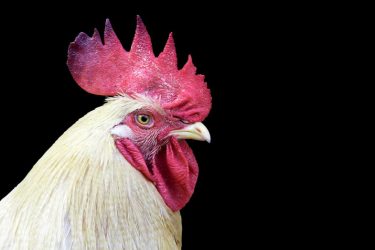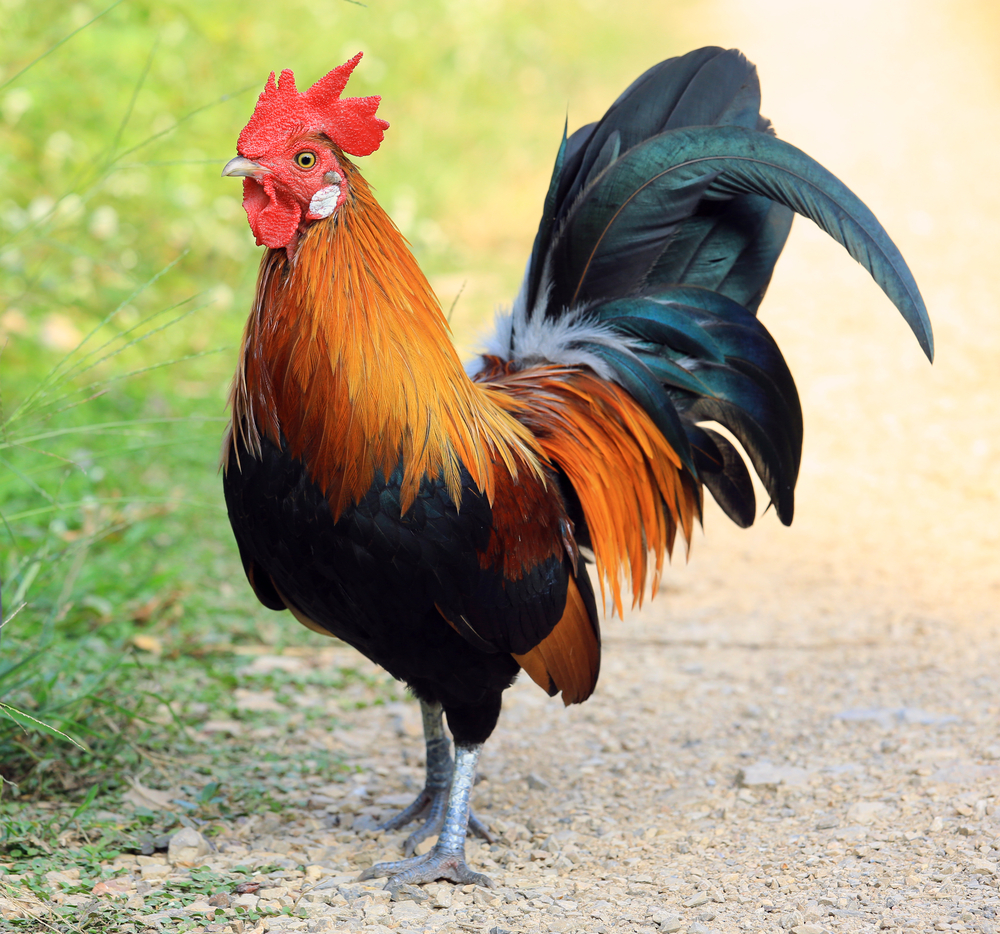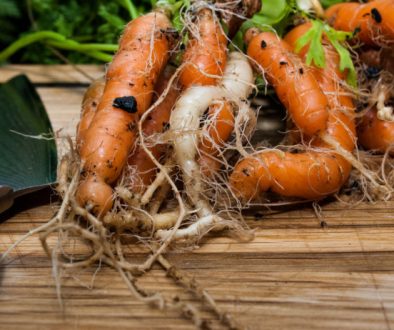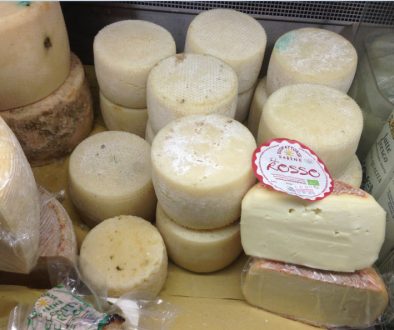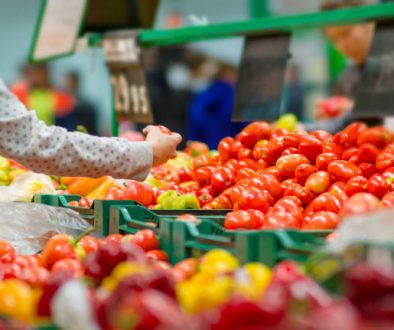You may be prepping your Christmas turkey for this season’s holiday feast, but did you know that some of your European counterparts savor the tender bird known as cappone (English: capon). The wholesome goodness of this young tender fowl dates as far back as ancient Greek times & finds its feathery bearing on ancient Roman tables way before Turkey.
But before we go any further, let’s answer the question…
What is a cappone?
In simple terms, a capone is a castrated rooster or cockerel. It goes through the “capponatura” procedure which is no simple snipping task since a cockerel’s sexual organs are actually internal. You can imagine the skill needed to actually do this – but to an experienced farmer, this is every day work.
The bird is castrated when it is about 2 – 3 pounds in weight, which is usually at a young stage in its life. It also has its crest removed so that it remains completely sexless. Ouch!!!
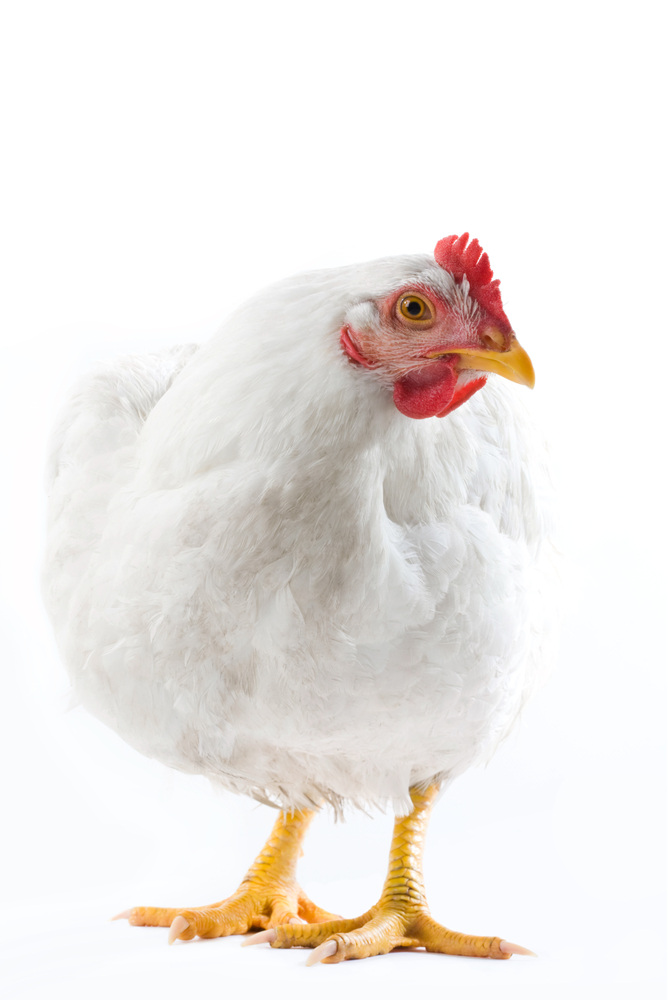 So why all the fuss over sexless poultry? After all is said and done, the capon is a timelessItalian tradition which has proven itself the perfect way to keep the poultry meat tender as tender as possible. And most interesting of all, the meat gets more and more tender with age.
So why all the fuss over sexless poultry? After all is said and done, the capon is a timelessItalian tradition which has proven itself the perfect way to keep the poultry meat tender as tender as possible. And most interesting of all, the meat gets more and more tender with age.
Now of course if you go through all the trouble to get a prized capon, you’re gonna want a prized tried-and-true recipe to grace your festive Italian table around the holiday season. These are some traditional Italian dishes made with capon:
- Cappone in Salsa Ghiotta – Roasted Capon in Cream Sauce
- Cappone Bollito – Boiled Capon Soup
- Cappone Ripieno al Forno – Oven Capon with Stuffing
- Cappone Ripieno alle Noci – Oven Capon with Walnut Stuffing
- Cappone Ripieno alle Natalizio – Christmas Capon
- Cappone in Salsa di Cardi – Capon in Cardoon Sauce
- Tortellini al Brodo di Cappone – Tortellini in Capon Broth
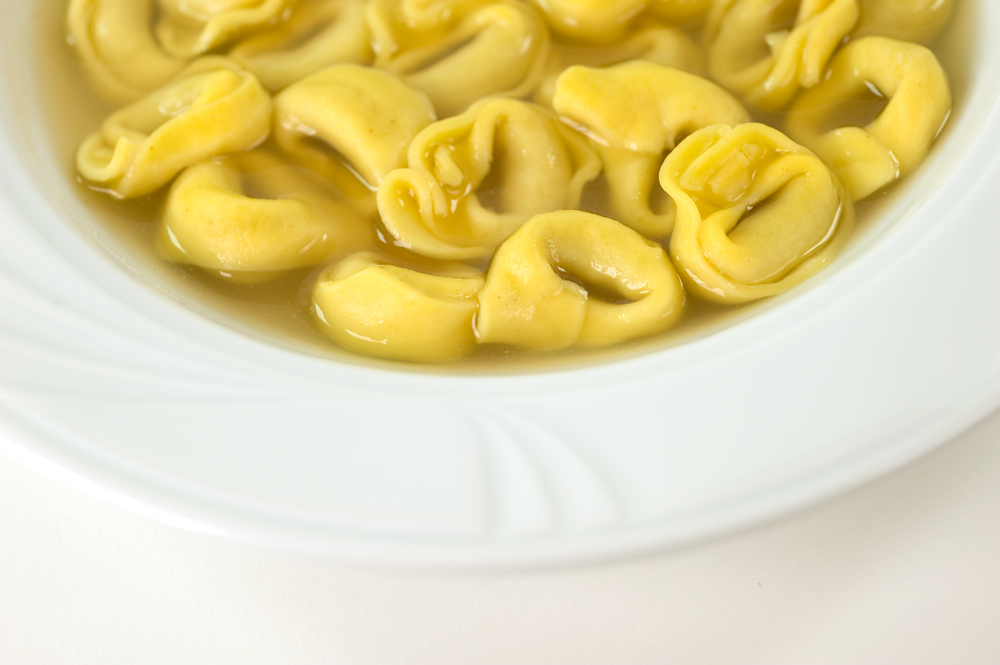 A bit more food for thought on capons…
A bit more food for thought on capons…
4 Reasons to Eat Capon this Christmas
ONE
It was good enough for ancient Romans.
If you think about it, it’s actually quite rare to now eat as ancient Romans did, so to be able to carry on a tradition passed on through millenniums means there’s got to be something to it. If for nothing else, this bird gives us a sense of past & present. Now if that ain’t Christmas, I don’t know what is!
Fun Food Tidbit: The ancient Romans have always been quite savvy when it comes to eating only the best. So much so that when a law was passed which prohibited fowl from being kept in homes for hygiene purposes, they found a loop hole. They castrated their cockerels!
Ah, Italians sure do know how to keep tradition alive.
TWO
There’s no slower food than the capon.
Castrating a cockerel may seem like a weird and inhumane thing to do, but you really need time to rear and grow these birds. In fact these birds need a lot of space to run about once castrated and for 4 – 5 months, they grow in very healthy farm conditions.
Unlike your average battery farm, capons are not cooped up. You won’t easily find them in supermarkets, though around Christmas-time you’ll see a few aeound. They do not come pre-cut, pre-packaged, de-skinned, de-boned like most birds you’re used to eating. This bird is so special, buyers take great care in cook every last piece of it. Capons are the real-deal when it comes to slow food and are usually found exclusively in farmer’s markets.
THREE
Some bird species would be extinct if it weren’t for capons.
Special bird varieties are reared in order to become a capon. In Italy the “Morozzo” or “Biondo” are 2 types of birds used in the process. If there were no demand for capon in Italy, you can be sure farmers wouldn’t have the necessary funds to raise such prestigious birds needed for capon. There is a direct link between the food we eat and the ecosystem we cohabit.
FOUR
It’s an Italian household name (especially at Christmas).
Most Italian households when told they’re eating cappone for dinner will respond with a pleasing “Hmmm… buono!”. It’s a specialty food, and even more so around the Christmas holidays.
Did you know? The ever-loved tortellini in brodo, a typical Christmas lunch dish, is usually made with capon, not chicken. There are entire regional areas dedicated to <i>Italian cappone</i> rearing, one of which is Morozzo in Piedmont Cappone. This food is so well-loved that a Slow Food Presidium was created in order to protect the species which become capon.
And don’t forget – when buying cappone, remember to ask who & where it was farmed by!
Get to know your farmers. It’s the only way, you’ll know your food.
